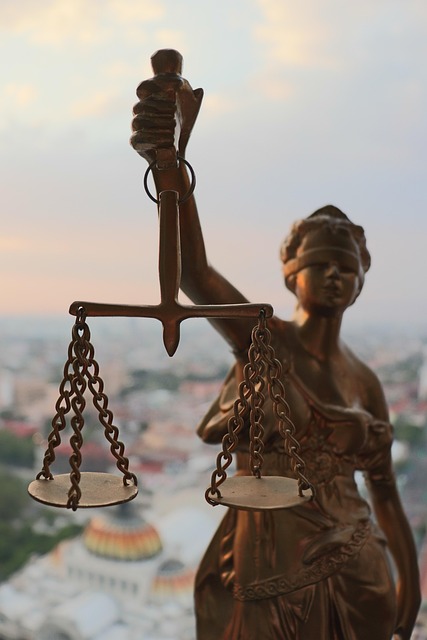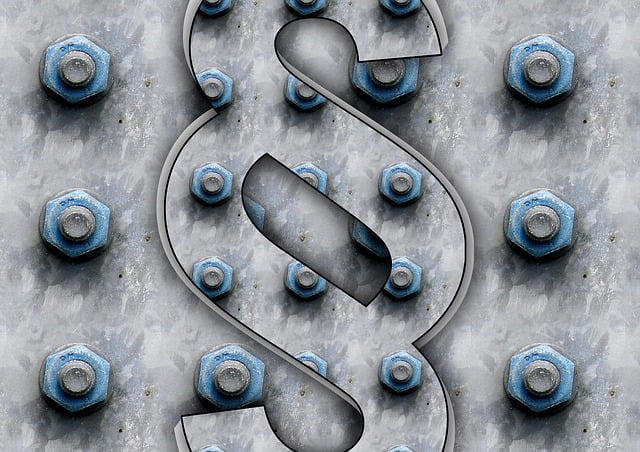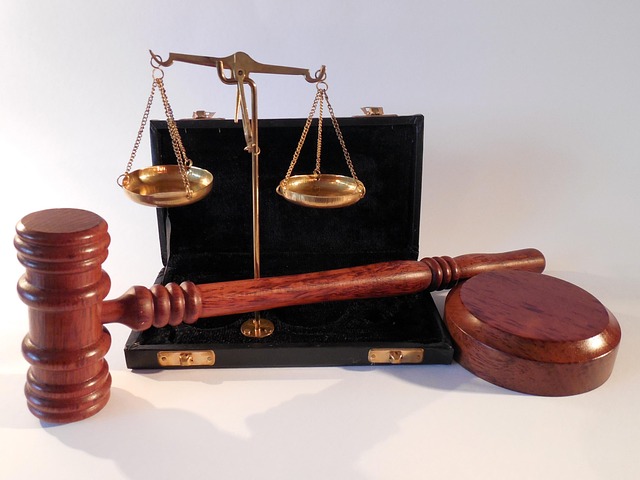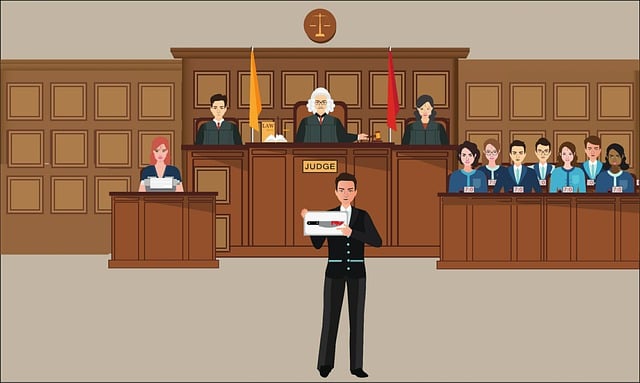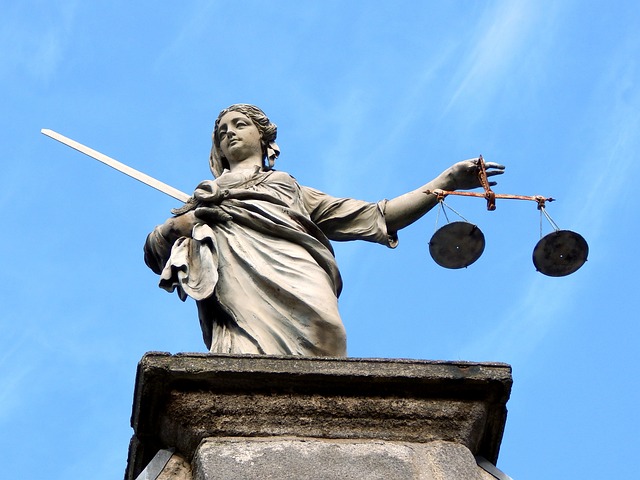Breach of Contract Litigation Process Explained: Consumer protection laws safeguard individual rights during business transactions, with a key element being breach of contract litigation. This legal process enables consumers to hold businesses accountable for contractual breaches, securing remedies like refunds, repairs or replacements. The structured process involves identifying violations, preparing evidence, filing complaints, discovery, hearings, and ultimately trial or settlement, protecting consumer rights and interests along the way.
Consumer protection suits play a vital role in ensuring fair business practices, safeguarding consumers’ rights, and addressing breaches of contract. This comprehensive guide delves into the intricacies of consumer protection laws, clarifying what constitutes a breach of contract and outlining the litigation process step-by-step. We explore common issues, consumer rights, and available remedies, empowering individuals to navigate complex legal landscapes and protect their interests in today’s bustling market. Understanding these principles is a crucial first step for anyone seeking justice due to breach of contract litigation.
- Understanding Consumer Protection Laws
- What is Breach of Contract?
- The Litigation Process Step-by-Step
- Common Issues in Consumer Protection Suits
- Rights and Remedies for Consumers
Understanding Consumer Protection Laws

Consumer Protection Laws are a crucial set of regulations designed to safeguard the rights of individuals when engaging in transactions with businesses. These laws cover a wide range of issues, from product safety and fair pricing to honest marketing practices and dispute resolution mechanisms. Understanding these laws is essential for both corporate and individual clients, as they provide a framework for resolving conflicts and ensuring accountability.
Breach of Contract Litigation, often a significant component in Consumer Protection suits, involves the legal process whereby consumers can hold businesses accountable for failing to meet their obligations under a contract. This meticulous process explains how individuals can protect themselves against unfair practices, seeking remedies such as refunds, repairs, or replacements. With an unprecedented track record of successful cases, these lawsuits not only compensate affected parties but also serve as deterrents, discouraging companies from engaging in fraudulent or misleading activities.
What is Breach of Contract?
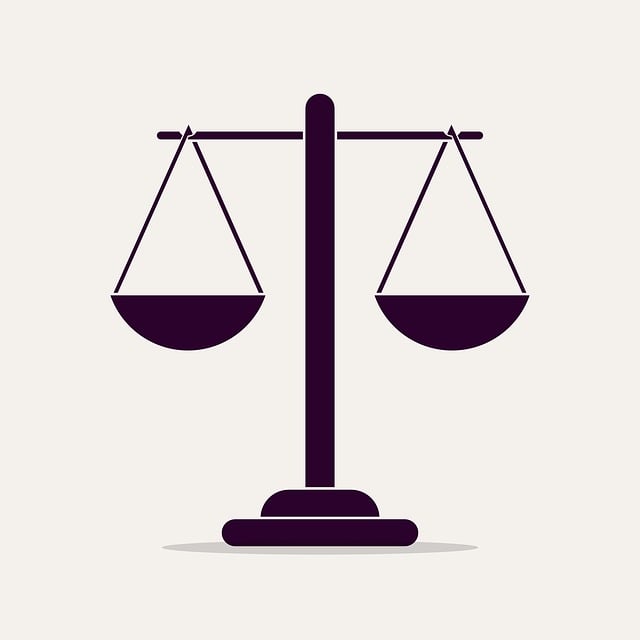
Breach of contract litigation involves legal action taken when one party fails to fulfill their contractual obligations. This can occur in various scenarios, such as non-payment, delivery of defective goods, or failure to perform services as agreed. When a breach happens, affected parties have the right to seek legal remedies through breach of contract litigation. The process begins with identifying and documenting the breach, which may involve reviewing contracts, correspondence, and other relevant documents.
Once identified, the aggrieved party can initiate the litigation process by serving legal notices on the breaching entity. This triggers all stages of the investigative and enforcement process, including fact-finding, evidence collection, and potential negotiations or arbitration. The goal is often to secure a complete dismissal of all charges against the breaching party or reach a settlement that rectifies the breach and compensates the injured party for any losses incurred. Whether dealing with corporate or individual clients, understanding and navigating the litigation process is crucial in resolving breaches effectively.
The Litigation Process Step-by-Step

The breach of contract litigation process is a structured series of steps designed to achieve justice and fair compensation for consumers. It begins with identifying the potential violation, where individuals or organizations fail to adhere to agreed-upon terms. This could involve issues like misrepresenting products, non-delivery, or failing to meet quality standards. Once identified, the aggrieved party initiates legal action by serving a demand letter outlining the breach and seeking resolution.
The litigation process unfolds across several stages, encompassing preparation, filing, discovery, hearings, and, ultimately, a trial or settlement. During preparation, attorneys gather evidence, interview witnesses, and formulate legal strategies. Filing involves submitting detailed complaints to the respective court, articulating the breach of contract and its consequences. The discovery phase allows both parties to exchange information, including documents and depositions, crucial for building strong cases. Through all stages, the goal remains to navigate the complex white collar and economic crimes landscape, ensuring the rights and interests of consumers are protected throughout the all stages of the investigative and enforcement process.
Common Issues in Consumer Protection Suits
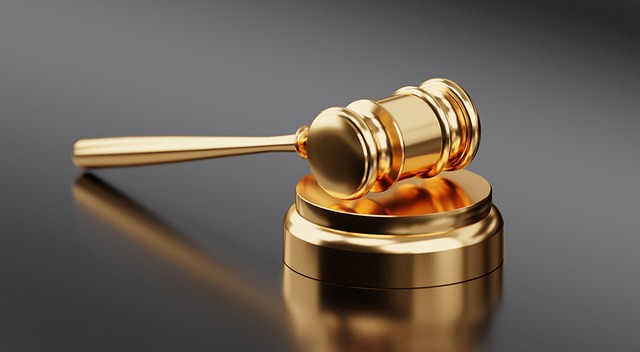
Consumer Protection Suits often arise from a variety of common issues, including breaches of contract, misrepresentations, and unfair business practices. The Breach of Contract Litigation Process involves several key steps. First, consumers must identify and document the breach, gathering evidence to support their claims. This may include contracts, communications, receipts, or any other relevant documentation.
Once a clear breach is established, consumers can initiate legal action by filing a complaint with the appropriate court. The subsequent litigation process involves hearings, depositions, and the exchange of information between both parties. A key goal for consumers is to avoid indictment while presenting a strong case, supported by evidence and expert witnesses where necessary. Consumers with an unprecedented track record of successful cases can expect a sympathetic hearing from both the judiciary and the broader philanthropic and political communities.
Rights and Remedies for Consumers

When consumers face a breach of contract, they have several rights and remedies available to them, as guaranteed by consumer protection laws. The litigation process begins with identifying the breach—whether it’s a failure to deliver promised goods or services, or providing defective products. Consumers can then file a lawsuit against the responsible party, seeking compensation for any financial losses incurred. This may include damages for the cost of repairs, replacement items, or even punitive damages to deter future misconduct.
Understanding the litigation process is crucial to winning challenging defense verdicts across the country. Throughout this journey, consumers can leverage legal expertise and support from philanthropic and political communities to ensure their rights are protected. The goal is not just to secure monetary compensation but also to hold businesses accountable for their actions, fostering a fair and transparent marketplace for all.
Understanding consumer protection laws is paramount for both businesses and consumers. By clearly defining what constitutes a breach of contract, the litigation process can be navigated effectively. This comprehensive guide has outlined the steps involved in breach of contract litigation, highlighted common issues in consumer protection suits, and emphasized the rights and remedies available to consumers. Armed with this knowledge, folks can confidently protect themselves and foster a more transparent marketplace.
